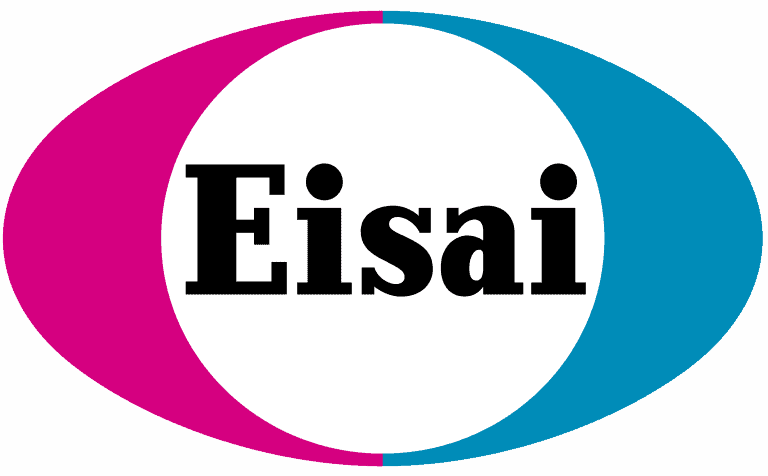I often reflect on the amount of time spent traveling to and from the numerous doctor and therapy appointments with my son over the years. Negotiating my work schedule, coordinating school and therapy schedules, packing medical equipment and medicines, loading my son and his wheelchair into the car, making the sometimes-long drives to the clinic, unloading and waiting endlessly to be called back to see the doctor (while worrying about all the germs looming on every surface of the waiting room), waiting more in the exam room, and eventually seeing the doctor who mostly spent their time speaking with me. Then we would load back into the car, drive home, and unload all over again. We would all be exhausted by the end. For many of these visits, telehealth would have relieved a significant burden on our family while maintaining a nearly equivalent level of care from our providers.
Advocates in the rare disease and disability communities have long fought for increased access to telehealth options. They have been met with government agencies, insurance companies, and medical practices telling them it is just not feasible. Suddenly, with the recent COVID-19 pandemic, the transition to telehealth options has leapt forward, but we have to act now to make sure that progress does not completely roll back when the pandemic is over. I recently had the opportunity to attend a “Saving Our Telehealth” webinar produced by DEE-P Connections and the Child Neurology Foundation. I want to share what I learned and empower us all to take actions to expand accessibility to and improve the processes behind telehealth services.
In the early stages of the US pandemic, medical practices quickly pivoted from in-person visits to audio/video telehealth visits. Despite telehealth advocates being told the challenges were insurmountable in the past, the COVID-era has led to transitions to telehealth occurring in the span of weeks. Why did the current pandemic change the stage so dramatically? One barrier to telehealth pre-COVID was the accessibility to HIPAA-compliant video/audio applications. The declaration of the Public Health Emergency relaxed HIPAA regulations, allowing for common applications like FaceTime and Zoom to be used for telehealth visits. Payer systems (Medicaid/Medicare/private insurance) finally gave instruction on how to bill for these services when in the past it was not an option. A major barrier is still the state-by-state regulations that dictate accessibility to these services, and the additional caveat that whenever the Public Health Emergency is declared “ended” many of these regulations will be rolled back. It is important to point out that while the current health emergency is unlikely to end soon, this declaration can be withdrawn at any time, highlighting the need to advocate for lasting changes now.
There remain significant challenges to implementation of widespread telehealth services that are important to consider as part of the conversation. Telehealth cannot replace in person visits completely; physical examinations and many services and tests require the patient to be present in person. Technology is a geographical and socioeconomical barrier that leaves many patients without access. Hospitals and clinics have to invest significant resources into technological devices, technology support, training for professionals, and support for patients learning the process. While there are some waivers to reimburse clinics, the actual costs are still poorly understood for the long-term sustainability of such programs.
What can we do?
SHARE: Share how telehealth has improved your family\’s experiences. Also share the challenges you have faced related to telehealth, so policy can move forward with improvements that help everyone. See avenues to advocate where you can share your stories and experiences below.
INFORM: Know what regulations are in place the state you reside in, what services you are currently entitle to receive, and what regulations are at risk when the Public Health Emergency is over. This website breaks it down state-by-state.
ADVOCATE: Are you worried about loss of access to telehealth services? The American Academy of Neurology (AAN) Advocacy Action Center offers easy ways you can contact policy makers at their website.
GET INVOLVED: On July 28-29, participate in AAN’s ‘Speak Up for Telehealth” to learn about a toolkit for advocacy actions. Visit their website to register for a virtual townhall and find more information as the event date approaches.






